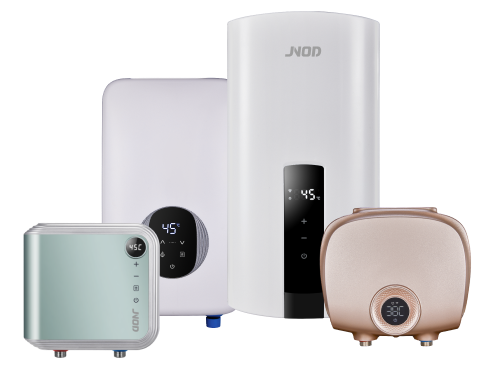What is a Boiling Water Tap?
Within the domain of contemporary kitchen design and efficiency, one may encounter an innovative appliance referred to as a boiling water tap. This device can be adroitly positioned adjacent to the sink basin or elegantly integrated into the countertop surface. Distinct from conventional faucets, a boiling water tap is an advanced fixture engineered to dispense an immediate supply of water at ambient, elevated, and boiling temperatures—thus obviating the requisite for a traditional kettle. How does this avant-garde feature redefine your culinary experience? Envision the scenario where culinary multitasking becomes imperative, accompanied by the sudden epiphany: “I stand in need of near-instantaneous hot water.” With the advent of a boiling water tap, such a convenience is merely a turn of the valve away. Whether one seeks to expedite the preparation of infant formula, to whip up an exquisite plate of al dente pasta posthaste, or to accomplish tasks as varied as poaching eggs and softening butter with unparalleled ease, the requisite thermal water is delivered without delay.
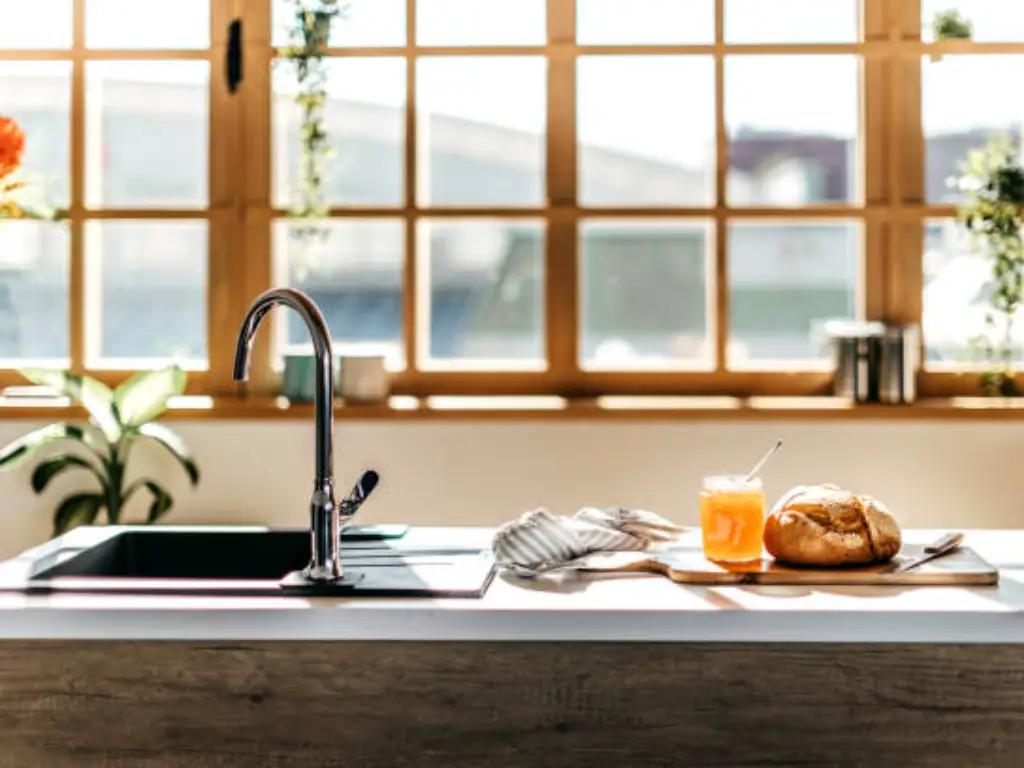
How They Work?
The operational principles of a boiling water tap are ingeniously simple yet technologically advanced. Residing nearly unseen beneath the expanse of your kitchen counter lies the pivotal component: a compact boiling unit, meticulously engineered to connect seamlessly with the domestic water mains. The water, once siphoned into this unassuming apparatus, encounters a cutting-edge, high-voltage heating element; this vital feature mirrors those found within conventional electric kettles, yet surpassing them, it possesses augmented potency, thereby ensuring swift and consistent heating cycles.
Several models vaunt an insulated reservoir, masterfully designed to curtail thermal dissipation, hence operating with an impressive thermal efficiency that steadfastly conserves the water at an elevated temperature. Upon actuation of the tap, a pressurized mechanism propels the heated water through an elaborate conduit system, culminating at a sophisticated heat exchange mechanism ensconced within the spout. Therein, a supplementary heating element performs the quintessential task of precision-heating the water, ensuring it surges forth at the zenith of boiling. The result: as the water makes its grand descent from the faucet, it presents itself at the ideal temperature, primed for your immediate culinary or beverage brewing aspirations.
Benefits for Home Use
Boiling water taps are a stellar innovation that bring a plethora of advantages to any household.
● The immediate availability of hot water can reduce preparation time significantly. For instance, the average kettle takes nearly 3 minutes to boil water, but with a boiling water tap, this time is slashed to mere seconds, which, over a year, could save you over 24 hours in the kitchen—time that could be better spent with family or on hobbies.
● The precise temperature control that top boiling water taps offer is unmatched. It ensures that you consistently get the optimal temperature for your kitchen tasks. For speciality tea aficionados, this is invaluable. Certain teas require specific temperatures; for example, green tea is best brewed at 80-85°C to avoid bitterness. A boiling water tap that allows for such fine control can enhance the flavor profile of your beverages dramatically.
● Energy efficiency is another considerable benefit. Boiling only the water you need avoids the excess energy consumption that comes with overfilling a kettle. Research suggests that only boiling the exact amount of water for a cup of tea could save an average home upwards of 20 kWh of energy a month compared to a kettle – that’s enough energy to power your television for roughly 3 days straight.
● Safety and practicality often go hand in hand with boiling water taps. Features like insulated spouts and child locks are standard in models from reputable brands like Quooker and Insinkerator. These safety measures offer peace of mind, particularly in homes with curious children, by significantly reducing the risk of scalding accidents. Additionally, some taps have an automatic shut-off mechanism that stops the flow of water when the tap is not in use, further mitigating risk.
● The integration of boiling water taps can contribute to a minimalist kitchen design. They replace the need for a kettle, freeing up counter space and contributing to a clutter-free kitchen worktop. For those who adore a tidy and organized kitchen, this is a subtle yet substantial lifestyle upgrade.
Each of these points underscores just how transformative the best boiling water tap can be, affecting everything from daily rituals to kitchen aesthetics and safety.
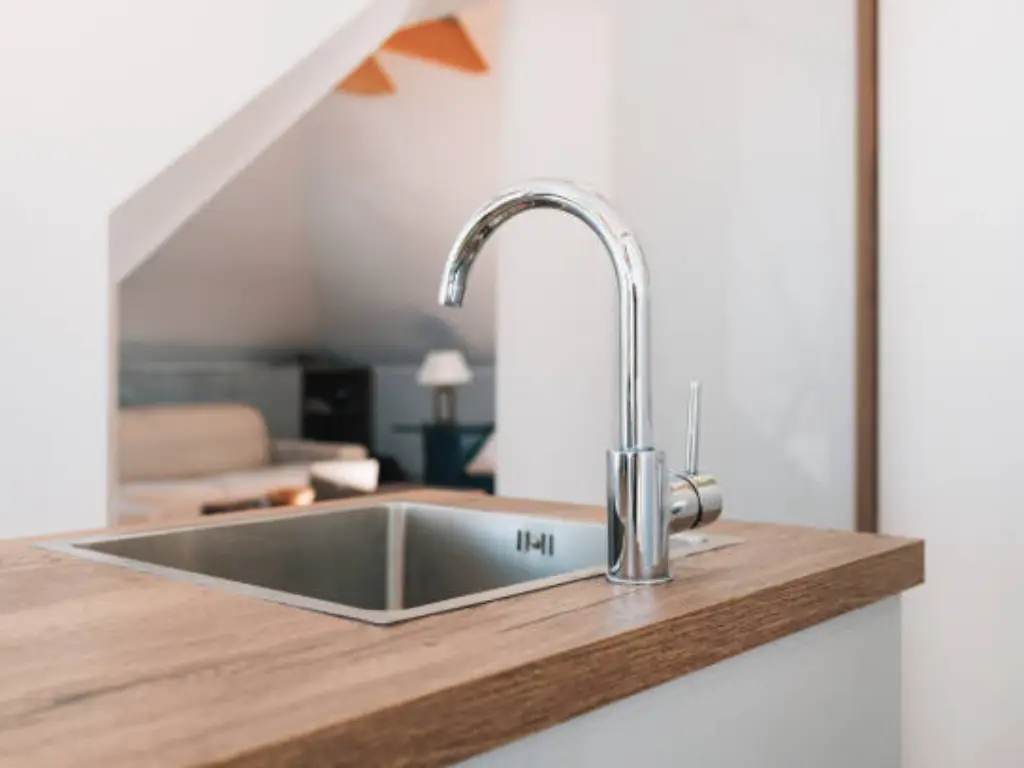
Types of Boiling Water Taps
Standalone Boiling Water Taps
Standalone designs comprise a single tap that dispenses boiling water, independent of your main kitchen faucet. These units are ideal for adding next to your existing setup, without demanding a full overhaul. They come in various styles, from minimalistic to more traditional, to complement your décor. The installation can be less complex than other types since they require fewer plumbing changes, just need to install separately and drill next to the existing faucet. They often have smaller tank sizes and are best suited for single-use applications like making a quick hot drink or preparing an instant meal.
3-in-1 Boiling Water Taps
For those aiming to consolidate their kitchen utilities, a 3-in-1 boiling water tap is a sleek solution. Merging the delivery of hot, cold, and boiling water in one unit saves space—no more bulky kettle taking up precious counter space. These models typically feature a single spout with distinct levers or buttons to select the desired water type, making them intuitive and safe to use. The integration of such a unit into your kitchen aids in creating a cohesive look, and the choice of designs is extensive, ensuring there’s one to fit the theme of any kitchen.
4-in-1 Boiling Water Taps
The 4-in-1 variants are the multitaskers of the boiling water tap family. The additional fourth option often provides filtered drinking water, a boon for those who prefer or require purified water but do not wish to purchase bottled water or separate filtration systems. It’s a luxury that combines convenience and health, and in some models, you might find an anti-scale filter included, enhancing the lifespan of the appliance, especially in hard water areas. These taps, while slightly more complex to install, offer a degree of convenience and functionality that’s hard to match.
5-in-1 Boiling Water Taps
Occupying the pinnacle of boiling water tap technology, 5-in-1 units deliver not just hot water, cold filtered water, and boiling water but also chilled and sparkling water, all from the same spout. These systems are perfect for homeowners who desire a comprehensive solution that caters to all their beverage needs, eliminating the requirement for extra gadgets like soda makers or standalone water coolers. Although they come at a higher price point and may involve a more sophisticated installation process, the 5-in-1 systems epitomize the marriage of luxury, convenience, and technology in modern kitchen design.
Here is a table for you to learn these different models quickly:
| Type | Water Options | Temperature Control | Flow Rate | Size | Recommended Use |
| Standalone | Boiling only | Fixed | Moderate | Compact | Single-use applications, quick hot drinks |
| 3-in-1 | Hot, Cold, Boiling | Adjustable | High | Standard | General kitchen tasks, combines regular tap |
| 4-in-1 | Hot, Cold, Boiling, Filtered | Adjustable | High | Standard to Large | Added filtered water, suitable for hard water areas |
| 5-in-1 | Hot, Cold, Boiling, Chilled, Sparkling | Adjustable | High | Large | Comprehensive solution, replaces other appliances |
Do I Need a Boiling Water Tap?
Introducing a boiling water tap into your kitchen is not just about convenience; it’s about enhancing your lifestyle. Evaluating whether a boiling water tap is worth it depends on your personal usage and the benefits it can bring to your daily routine. Consider the frequency of your hot water use and if the investment aligns with your current habits and needs. If you’re an avid hot beverage drinker, a frequent entertainer, or someone who values kitchen efficiency, the answer might be a resounding “yes.”
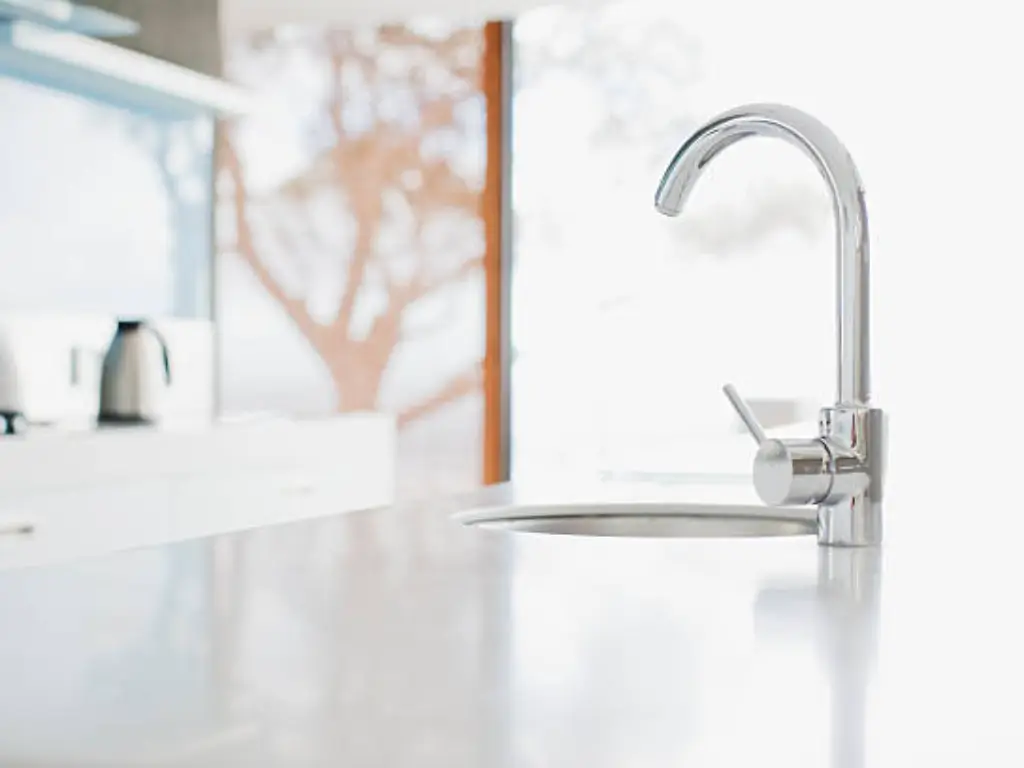
Features to Consider When Choosing a Boiling Water Tap
Tank Capacity and Size
Selecting the best boiling water tap also involves considering the tank capacity, which usually ranges between 2 to 5 liters in the market. Small households or those with limited use for boiling water can suffice with a compact 2-liter tank, which can deliver up to four cups of boiling water in one go. On the other hand, larger families or homes where hot beverages are in constant demand might benefit from a tank closer to 5 liters, capable of handling around ten consecutive cups. For an average-sized family, a 3-liter tank often strikes the right balance, providing ample hot water without monopolizing cupboard space. It’s essential to assess both your family’s needs and kitchen space to find the ideal tank size for your instant hot water tap.
Temperature Control and Safety Features
The best boiling water taps often allow you to adjust the water temperature, typically ranging from 75°C to near-boiling point. Some models boast the ability to reach 100°C, catering to those who prefer their beverages piping hot or require sterilization. However, for an optimal balance between safety and functionality, a storage temperature of just below boiling (around 98°C) is common and sufficient for most needs. Advanced safety features to look for include automatic shut-off to prevent dry-boiling, insulated sides to keep the tap cool to the touch, and child-safe spring-loaded handles to ensure boiling water can’t be turned on accidentally. These design elements make boiling water taps a practical and safe choice for busy kitchens.
Energy Efficiency and Sustainability
An excellent illustration of energy efficiency in boiling water taps can be seen in models that are equipped with vacuum insulation technology, akin to a thermos flask, which significantly reduces heat loss. For instance, tests suggest that the boiling taps require merely 10 watts to maintain water temperature, which is strikingly less than the 2-3 kW a standard kettle might use during each boil.
Daily energy efficiency can be amplified by engaging stand-by modes offered by many units, which lower the water temperature during periods of inactivity, such as overnight. This feature can ensure power is not wasted keeping water at boiling point when not needed. As for water conservation, using a tap that dispenses just the necessary amount of hot water for each use can save thousands of liters annually compared to the surplus boiled by kettles, given that people often overfill them.
In practice, the energy-saving element also comes down to user habits. Turning off the tap’s boiling function when you’re away from home for extended periods can further curtail energy use. By being mindful of these features and usage patterns, homeowners can boost their green credentials while saving on their energy bills.
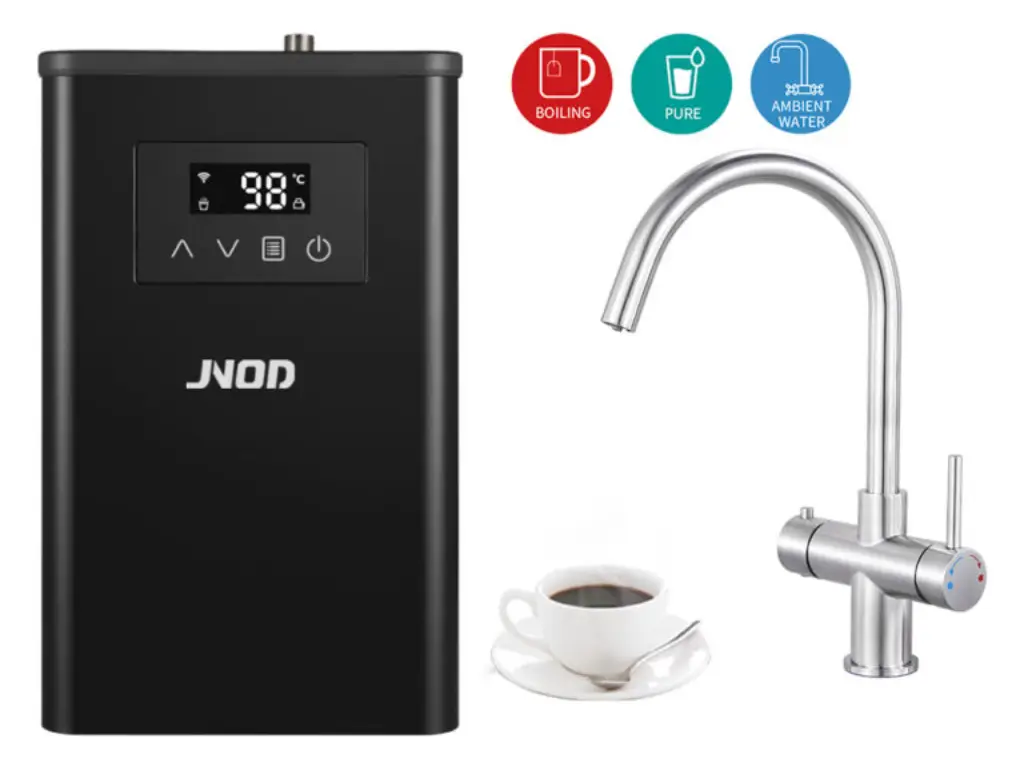
Boiling Water Tap Design and Finishes
The best boiling water tap should blend seamlessly with your kitchen’s aesthetic. From minimalist chrome to classic brass, and even bespoke finishes to match existing fixtures, there’s a design for every taste. Some offer LED indicators for temperature status, while others boast sleek touch controls. The design extends to practicality as well; swivel spouts provide flexibility, and spout height can make a difference when filling tall pots or pitchers. Remember, the best hot water tap isn’t just about functionality—it’s also a style statement in your kitchen.
Warranty
It is important to consider how long the warranty that water dispenser manufacturers can provide. A robust warranty is pivotal for boiling water taps, as it lends credibility to the durability and quality of the product. Over time, even with the best build quality, wear and tear or unforeseen defects can emerge, making the warranty an essential safety net for such an integral kitchen appliance. JNOD, for instance, demonstrates its confidence in their boiling water taps by offering a 1-3 year warranty, ensuring that customers can invest and use their products with long-term assurance. Look for warranties that comprehensively cover repairs or replacements of the tap, boiler tank, and any electronic components, to safeguard against the inconvenience and potential expense of malfunction issues. A reliable warranty not only reflects manufacturer trust but also signifies user peace of mind.
Review of Top Boiling Water Tap Models
JNOD Two Handle 4 In1 Boiling Kitchen Tap – B3CU/B3CE
If you’re seeking a boiling water tap that marries efficiency with high capacity, then the JNOD Two Handle 4 In1 Boiling Kitchen Tap – B3CU/B3CE might just be the pinnacle choice for you. This model excels with its ability to churn out over 60 cups of near-boiling water per hour, each cup at 250ml, making it a powerhouse for both entertaining and everyday use. Its temperature range is impressively versatile, from a tepid 45℃ up to a near-boiling 98℃, which means you can delicately steep green tea or briskly roll out pasta. And with the 1500W high power output, you’ll never be idling around for a pot to boil. The touchscreen functionality adds a layer of modern convenience, allowing for swift temperature adjustments – a simple tap to suit your culinary needs.
JNOD 4 in 1 Instant Boiling Water Tap – B3BU/B3BE
If versatility and safety rank high on your list, the JNOD 4-in-1 Instant Boiling Water Tap – B3BU/B3BE stands out as a top-tier choice, especially for families or professional settings. This model boasts a space-efficient tank with dimensions of 456mm x 207mm x 312mm, ensuring it fits comfortably under most kitchen counters.
With a variety of plug options including EU, USA, UK, AU, SA, BRA, and AR available, it’s adaptable to different regional requirements. The tank is comprised of 304 stainless steel and food-grade material, with a volume of 0.79 gallons (approx. 3 litre capacity), making sure your water is not only instantaneous but also of the highest purity. After the initial 20-minute heat-up, the re-boil duration is an impressive 3 minutes, so your workflow remains uninterrupted.
The user-friendly touch screen allows temperature control in 5-degree increments, giving precision to every culinary venture, whether you’re sterilizing baby bottles or whipping up a quick soup. Dual temperature probes ensure accuracy and consistency. Factor in the child safety lock, spring-loaded buttons, and standard mixer levers for hot and cold water, and you have a boiling water tap that marries safety with convenience, perfect for bustling households, offices, or any space requiring immediate hot water.
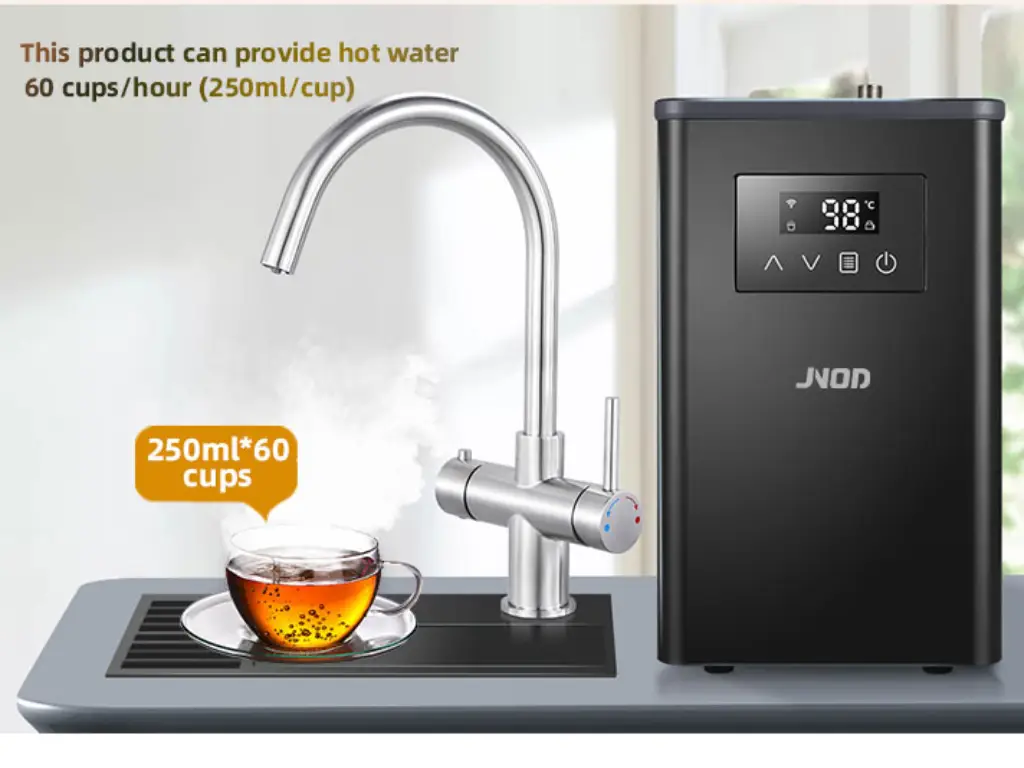
JNOD 3-in-1 Instant Filtered Boiling Water Kitchen Tap – B1153A/B2153A
The JNOD 3-in-1 Instant Filtered Boiling Water Kitchen Tap – B1153A/B2153A is an epitome of sleekness and efficiency, designed to be the perfect fit for the compact yet busy kitchen. With a water tank just right for smaller spaces at 288mm x 190mm x 312mm, this tap stands out for its rapid heating time, with the initial heat-up taking a mere 10 minutes, swiftly delivering 2.6L of 98°C boiling water.
Its 360-degree rotating spout accommodates multi-directional reach, simplifying tasks like filling pots on adjacent stove burners or cleaning corners of the sink. Its capacity to deliver 60 mugs of water an hour, each mug at 250ml, is a testament to its proficiency and makes it an ideal choice for quick meal preparations and entertaining. The tap’s touch screen interface, optional remote control or WIFI function, IPX4 waterproof rating, and multiple security protections, including energy-saving features, combine to offer a state-of-the-art boiling water solution for modern, safety-conscious kitchens.
JNOD Helps You Create a Comfortable Home
JNOD, as a seasoned expert in the field, is committed to helping you create a comfortable and efficient home. Whether it’s through providing top-notch boiling water taps or offering insights into the latest kitchen technologies, JNOD is your partner in achieving domestic bliss with a touch of modern luxury. Contact us today and get your right boiling water taps!
Installation Considerations
Opting to augment your kitchen’s capabilities with the addition of an instant boiling water tap heralds an era of culinary efficiency, yet it behooves one to acknowledge that precise installation is paramount to its optimal performance and enduring service life. The installation process is multifaceted, comprising an ordered sequence of operations: the initial cessation of water flow to the domicile, the meticulous positioning and anchoring of the tap, the subsequent union with the water mains, the strategic placement of the heating unit, and the concluding integration of electrical constituents.
Each procedural stride demands execution with surgical accuracy—the establishment of faultless pipework connections, the fortification of secure fastenings, and the creation of impermeable seals are imperative to forestall the possibility of leakage and to guarantee an efficacious functionality.
In light of potential intricacies, not least the imperative alignment with the prevailing building standards and safety codes, the enlistment of a certified plumbing professional or a dedicated installer represents a judicious allocation of resources. Installation duration and expenses may fluctuate, and customarily, assistance from a specialist ensures adherence to warranty stipulations. Although the prospect of a do-it-yourself venture may initially appear financially enticing, the repercussions of imprecisions, which could precipitate both structural water damage and warranty invalidation, could impose greater fiscal liabilities.
It is prudent, therefore, to entrust such technical endeavours to the adept hands of accredited professionals, an investment decision that invariably yields dividends in the form of sustained appliance reliability and the assurance of security.
Boiling Water Tap Maintenance
Appropriate preservation methodologies not merely extend the operational lifespan of your boiling water tap but also guarantee the provision of uncontaminated, hygienic aqua. The quintessential element necessitating routine maintenance is the filter cartridges, which, contingent upon the frequency of utilization and the mineral composition of your water supply, commonly warrants substitution semiannually. To expedite the replacement filter cartridges, one must initially inhibit the water supply, alleviate the system’s pressure, and then supplant the antiquated cartridge with a pristine one. The design of numerous taps facilitates this exchange, enabling users to accomplish it devoid of expert intervention.
Combatting mineral deposition is a paramount aspect of maintenance, especially in geographical locations plagued by hard water. An accumulation of calcareous deposits can impinge upon both thermal efficiency and fluid dynamics. Taps endowed with an automatic decalcification feature streamline the process; a single press initiates a removing limescale program. Conversely, for models lacking this mechanism, a regimented descaling regimen involving an acetic acid solution—administered according to the fabricator’s protocol—is required.
In terms of the spout’s cleanliness, periodically passing a moistened cloth imbued with a gentle detergent over its surface should be adequate to prevent sediment accretion. It is imperative to ensure that the aerator remains unobstructed to facilitate an even, non-turbulent jet, typically through soft brushing or immersion in a decalcification solution. It is advisable to refer unerringly to the user’s manual pertinent to your specific tap model to acquire tailored maintenance instructions, thereby maintaining its prime functionality.
Frequently Asked Questions
Boiling water taps are designed with safety mechanisms to prevent accidental burns. For instance, they often require a push-and-turn motion to activate, which helps prevent children from turning them on. Some models come with insulated sides that stay cool to the touch to reduce the risk of burns.
Boiling water taps are generally energy-efficient, especially when compared with boiling a kettle multiple times a day. They heat water instantly and can be more economical as they only heat the amount of water you need. Many models come with energy-saving modes to minimize power consumption when not in use.
It's not necessary to turn off your boiling water tap at night as they are designed to be on standby and use very little energy when not actively dispensing water. However, if you wish to use less energy, you might consider switching it off or using any available eco-modes.
A boiling water tap shouldn't affect the taste of water if it has a proper filtration system. In fact, certain filters can improve the taste by removing impurities and chlorine, resulting in cleaner and better-tasting water than what you might get from a standard tap.
Boiling water taps typically provide instant hot water without any waiting time for preheating. They have a tank that stores hot water ready for use, so it's immediately available when you turn the tap on.
The market features prominent brands such as Jnod, Grohe (like the Grohe Red), Quooker (including the Quooker Cube, Quooker Fusion, and Flex models), Franke (notably the Franke Omni), and Qettle. These brands offer a wide array of options, catering to diverse household and commercial needs. However, JNOD distinguishes itself by delivering quality at a more affordable price, making it an excellent choice for both individual homes and large-scale commercial setups. Moreover, JNOD's capacity for customization provides bespoke solutions, ensuring a versatile and tailored fit for any boiling water tap requirement.
The average lifespan of a boiling water tap is around 5 to 10 years. This can vary based on the brand, model and maintenance. Regular descaling and changing of filters, where applicable, can prolong the life of the appliance.
If your boiling water tap malfunctions, first consult the manual for troubleshooting tips; often, issues are resolved with simple fixes. If the problem persists, contact the manufacturer's customer service or a professional plumber, especially if your tap is under warranty to avoid voiding it.
